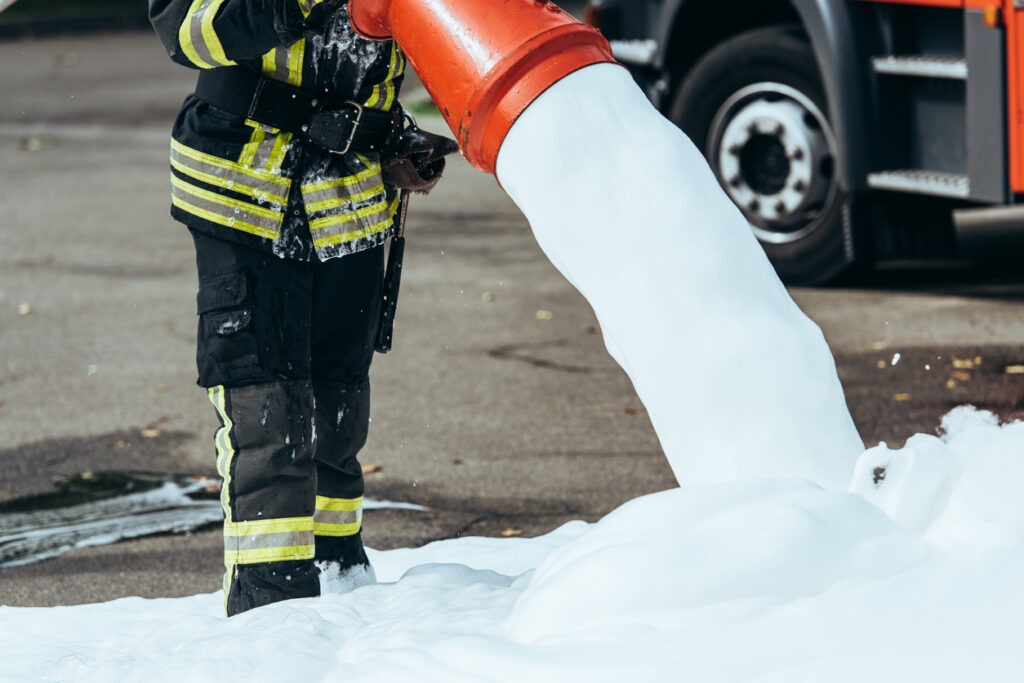
At least 26 wells in California cities including Fresno contain two to 10 times more per- and polyfluoroalkyl substances (PFAS) than the state’s recommended levels, according to a CalMatters analysis.
PFAS are toxic chemicals which are found in firefighting foam and have been linked with cancer. PFAS have been detected in at least 146 public water systems in California which serve almost 16 million Californians.
The CalMatters analysis found that almost 200 drinking water wells, representing 15 percent of wells tested, exceeded California’s recommended levels of PFAS. Wells containing extreme amounts of PFAS were found in Fresno, the East Bay and parts of San Luis Obispo and Riverside counties.
California’s recommended levels of PFAS in drinking water are 10 parts per trillion for PFOA and 40 parts per trillion for PFOS. The analysis found that some water providers, including ones in Pico Rivera, Downey and the Watsonville area, are serving drinking water from wells exceeding the state threshold for PFAS. A new state law mandates that water providers treat their water or notify customers when their average concentrations exceed these thresholds.
Underground water provides California with almost half of its drinking water.
The four most common sources of PFAS in drinking water are fire training/fire response sites, industrial sites, landfills and wastewater treatment plants/biosolids, according to SWRCB – Division of Water Quality. Firefighting foam is the source of the PFAS near fire training/fire response sites.
About 20 percent of 200 wells in the Orange County Water District were shut down in July due to PFAS, and the district said the costs to replace the water could exceed $1 billion in the next three decades.
Under 9 percent of the approximately 14,350 public drinking water wells in California have been tested for PFOA and PFOS.
Research by the end of the 1980’s has indicated that an increased incidence of cancer was seen in workers exposed to PFOA, as has additional research by 2010.
PFAS are known to persist in the environment for a very long time because they are mostly composed of carbon atoms bonded to fluorine atoms. The carbon-fluorine bond is one of the strongest bonds found in nature.
Multiple lawsuits are currently being filed all across the country by people who developed cancer after being exposed to firefighting foam containing PFAS. The lawsuits accuse firefighting foam manufacturers of knowing that their products pose a cancer risk to those exposed to them and failing to warn the public about the cancer risk.

